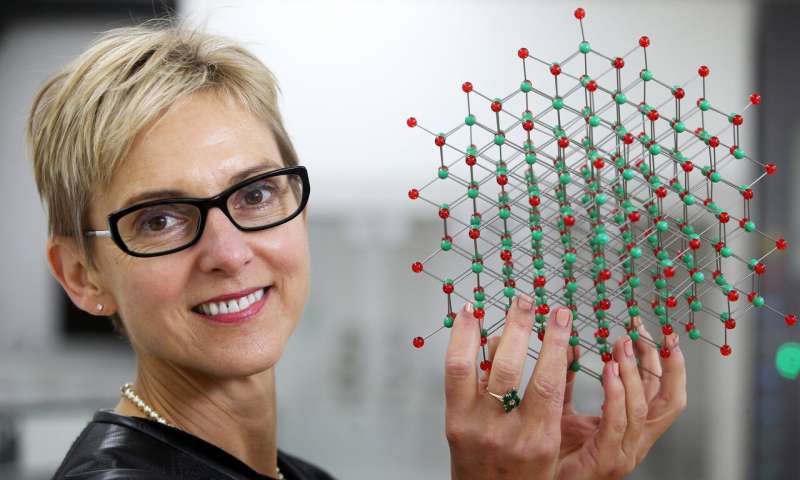Faster Than Silicon: Researchers Develop Semiconductors for Next-Gen Communications
A team from UK's Cardiff University's Institute for Compound Semiconductors (ICS) developed an ultrafast and highly sensitive avalanche photodiode (APD) that creates less electronic 'noise' than its silicon rivals that should enable future high-speed data communications.
APDs are highly sensitive semiconductor devices that exploit the 'photoelectric effect' to convert light to electricity. According to the researchers, super sensitive APDs are needed for high-speed data communications, as well as light detection and ranging (LIDAR) systems for autonomous vehicles.
Professor Diana Huffaker, Scientific Director of ICS, said that her team has developed extremely low excess noise and high sensitivity avalanche photodiodes that have the potential to yield a new class of high-performance receivers for applications in networking and sensing.
The team of researchers used molecular beam epitaxy (MBE) to “grow” the compound semiconductor crystal atom-by-atom. The material is challenging to synthesize because it requires a new MBE methodology to combine four different atoms.
The researchers noted that the new APDs can be used to produce high-resolution maps, with applications in geomorphology, seismology and in the control and navigation of autonomous vehicles using LIDAR or other types of 3D laser mapping systems. They also claimed that the new APDs can replace existing APDs while enabling higher data transmission rates and longer transmission distances.
Professor Huffaker noted that major industry players are already interested in her team's technology:
"We are working closely with Airbus and the Compound Semiconductor Applications Catapult to apply this technology to future free space optics communication system," she said.
Get Tom's Hardware's best news and in-depth reviews, straight to your inbox.
Lucian Armasu is a Contributing Writer for Tom's Hardware US. He covers software news and the issues surrounding privacy and security.
-
thegriff From my recolection there are a number of materials that are better than silicon for chips, but for cost and production reasons aren't used much. But, if they can mass produce these (eventually) at reasonable cost then they will get a market other than for expensive applications. Just a thought.Reply
